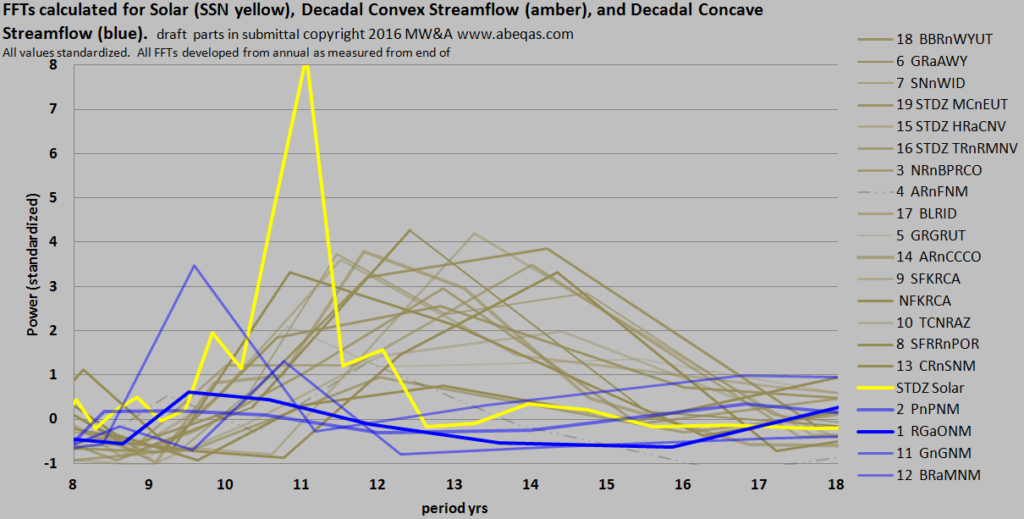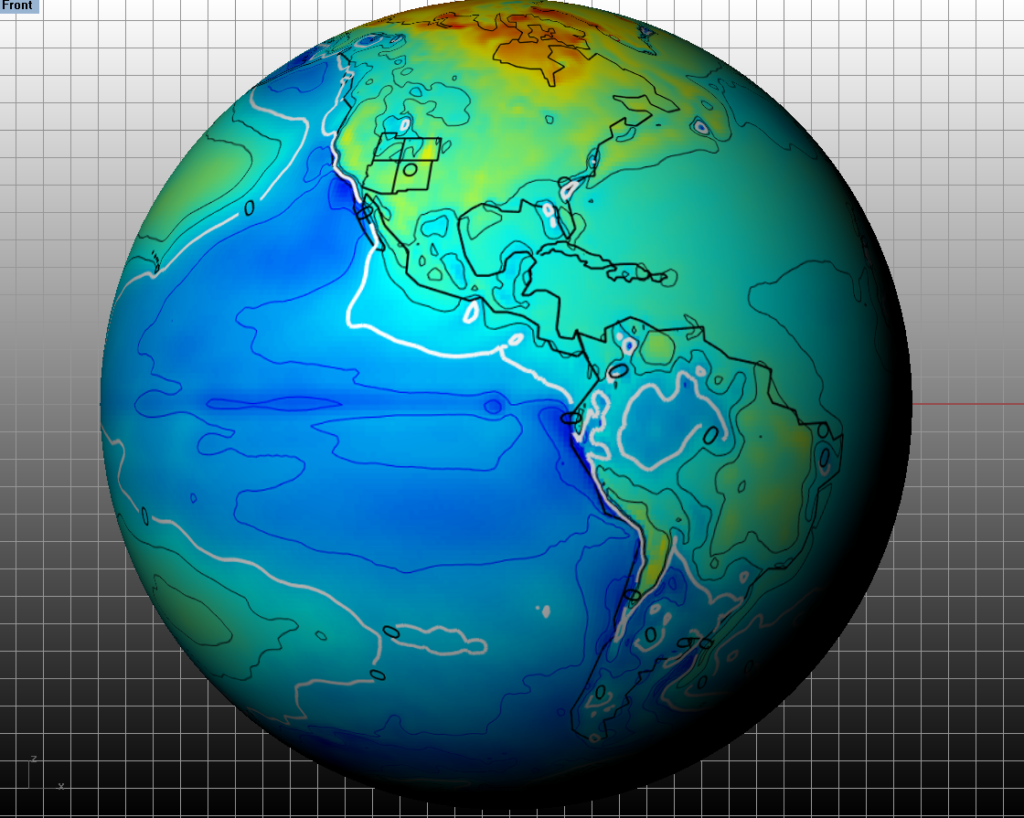
The Maunder Minimum and the Roman Inquisition
The Maunder Solar Minimum and the Roman Inquisition
DISCLAIMER: This is not a serious post. No offense is intended to any. This is simply an idle exploration of one of many possible explanations for the Maunder Minimum. I have included this post as a somewhat relevant but light-hearted break in the work I conduct relating hydroclimatologic forecasting to solar cycles. As a light feature, this is light on sourcing as well. However, readers can easily confirm any statements by simply checking online with judicious key word uses. For simplicity and clarity, and for now, I’m largely avoiding the equally controversial topic of connections between SSN cycles and terrestrial climatology, whether or not the Maunder Minimum occurred.
PROBLEMS WITH THE MAUNDER SOLAR MINIMUM
Sunspots first began to be observed methodically around 1610. Galileo is known to be among the first astronomers to systematically record sunspot numbers (SSN). Over the next several decades, the outline of an approximate 11 year cycle between the highest and lowest counts began to emerge.
One challenge for climatologists and solar scientists has been to reconcile the so-called Maunder Minimum (MM) with a period known as the Little Ice Age (LIA). The Maunder Minimum defines a 6 decade span of near-total absence of any sunspot number (SSN) observations from approximately 1650 to 1710. Allegedly the Little Ice Age started before the MM, and ended long after.
Even if the MM were found to align with the LIA, many if not most solar scientists who concern themselves with the time series of sunspot numbers, do not rely on observations prior to 1749. For example the SILSO site (Sunspot Index and Long-term Solar Observations) archived by WDC-SILSO, Royal Observatory of Belgium, Brussels, only features past continuous SSN monthly data to the year 1749.
THE GALILEO CONTROVERSY AND ITS TIMING
It is well known that other astronomers began to identify and tabulate SSNs around the same time as Galileo. Indeed, Galileo is purported to have engaged in primacy disputes with those other astronomers, including Christoph Scheiner, a Jesuit. His disputes with Scheiner were serious, and Scheiner’s antipathy and influence may have led to Galileo’s trial and subsequent long term house arrest.
Galileo died in 1642, and Scheiner in 1650. These dates are somewhat aligned to the onset of the Maunder Minimum. The Roman Inquisition, a Jesuit – fueled initiative to (among other things) preserve Ptolemaic astronomical perfection, gradually frayed away to nothing after a few centuries, but it was still in strong form during Galileo’s trial and for many decades that followed.
A POSSIBLE FACTOR FOR LACK OF SSN OBSERVATIONS OVER THE MM
As discussed, Sunspot numbers are almost non-existent over the MM time frame. The featured image captures this span. The cartoon hovers over the period of low purported solar activity between 1650 and 1710. The background graph is of total solar irradiance (TSI), a proxy to sunspot numbers.
Sunspots were objectionable to Jesuits apparently because their existence suggested that the Ptolemaic perfect sun had some blemishes. The blemish concern was apparently a principal point of contention between Scheiner and Galileo. For the most part astronomers tasked with tabulating the SSNs over that period worked within Catholic nations, including Jean Picard (the alleged inspiration for the Star Trek character Jean Luc Picard) who was also a Jesuit.
Certainly the scientific method was still in its infancy then, so perhaps insufficient record keeping might account for the lack of evidence of any solar cycling over that 60 year span. Much remains to be understood regarding the Solar Dynamo as well. So perhaps, as most scientists appear to accept, there truly was an extensive multi-decade period of near-zero sunspot activity. But it can’t be denied that orthodox Ptolemaic astronomy, as embraced by Catholic leadership and the associated Jesuit clergy of the time, appeared threatened by the concept of solar blemishes. It is also considered well known that Jesuits dominated state of the art astronomy over the 17th Century.
Could the Maunder Minimum have been simply a consequence of observation omissions in order to preserve as long as possible, an orthodox narrative? As my own Ph.D. work progresses and as time permits, I will continue to study this, mindful also of some other lines of evidence which have been purported to match up to the MM. In past reviews of that work, I don’t recall finding the match-ups to be quantitatively compelling. If there were in fact no Maunder Minimum, and rather, more conventional solar eleven year quasi cycling, it might help to shine a (solar) light on many associated inconsistencies.
Perhaps, Dan Brown style, the answer is buried in some parchments under a Vatican obelisk. 😀
POST THESIS
Sustainability of this thesis is likely not assured. For many good reasons, most solar scientists would likely accept that the MM was real and might refer to works most recently by Beckman and Mahoney (1998) and the primary source they cite (Eddy, 1976), who coined the “Maunder Minimum” term based on that researcher’s original descriptions (made in the 19th century) of this SSN absence in the latter half of the 17th century.
Clearly Jesuits did not dominate all of astronomical observations of SSNs over that time frame. Also the excitement by solar observers regarding the return of SSN activity by the early 18th century seems genuine. Eddy also evaluated tree ring data for 14C patterns and reported a signature of higher concentrations of that isotope during lower SSN activity, as expected.
Yet even with this information, the verdict is still out. In addition to considerations of the relatively small population of researchers, the days of high occlusion (from clouds) and associated possible extended gaps in observations, there are additional concerns. As Beckman and Mahoney suggest, more than thirty years of intensive observations of over 100 Sun-like stars have failed to find an equivalent minima like the MM. But of course (of course to a solar astronomer that is) the information and understanding of that information is far too preliminary at this time to even discriminate between many possible causes for the signatures that are observed.
Perhaps Beckman and Mahoney put it best in their final conclusions:
“Without at least partial records of solar behaviour from 1645 to 1715 the whole question of the Maunder Minimum would never have been opened. Even if, in the end, it is not possible to be fully clear about the degree of absence of activity during this period, and even if in the end it turns out that solar-like stars do not in fact show Maunder minima, the investigation sparked off by this issue will have proved invaluable. .. there are surely documents still to be unearthed relevant to the solar-terrestrial relation, both in Europe and in the Asian countries. The case of the Maunder Minimum is a clear example of how historical records can be of value in supporting modern competitive astronomical research, as well as in the associated field of palaeoclimatology…”
copyright Michael Wallace March, 2017
References:
Beckman, J.E., and T.J. Mahoney, “The Maunder Minimum and Climate Change: Have Historical Records Aided Current Research?” Library and Information Services in Astronomy III, ASP Conference Series, Vol. 153, 1998
Editors: U. Grothkopf, H. Andernach, S. Stevens-Rayburn, and M. Gomez
Electronic Editor: H. E. Payne
Eddy, John A., 1976, “The Maunder Minimum” SCIENCE 18 June, 1976, Volume 192, Number 4245
Source of data in featured image: See http://lasp.colorado.edu/home/sorce/data/tsi-data/#historical_TSI
and the references they cite.
 11756total visits,8visits today
11756total visits,8visits today

